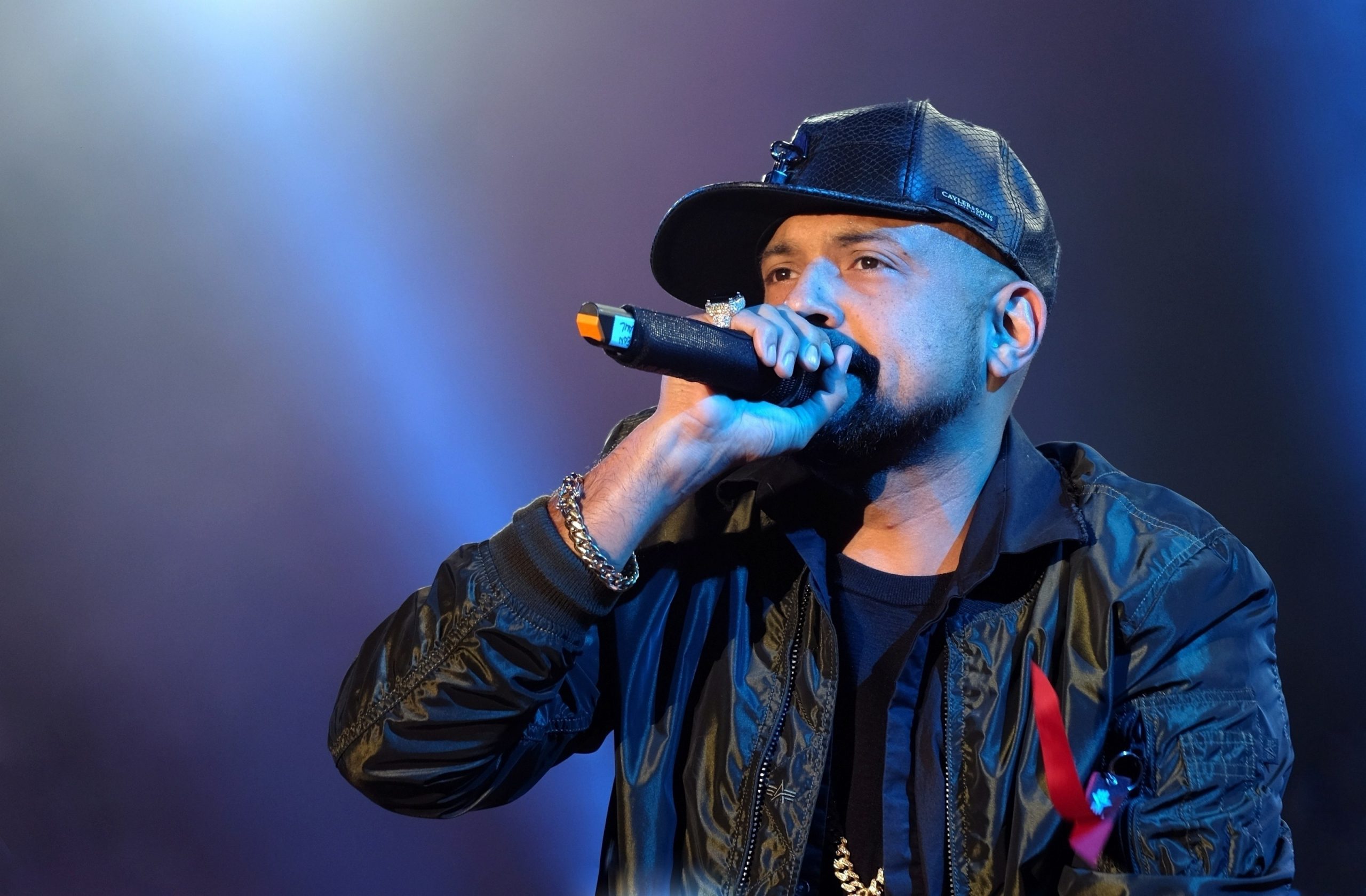How Caribbean music has influenced other cultures

One of the Caribbean’s greatest exports to the rest of the world has been its music, which is a wonderful blend of styles from the descendants of Indigenous Caribbeans, African slaves and European and Indian settlers.
Whether it’s reggae, salsa, dancehall or calypso, the music of the Caribbean has gained worldwide popularity and had a noticeable impact on many other cultures.
Here’s a quick look at how the music of the Caribbean has influenced the rest of the world.
United Kingdom
The 50s and 60s saw waves of Caribbean immigrants arriving on British shores, with large communities forming, primarily in port cities such as London and Liverpool.
It was in these places, predominantly working-class areas such as Tottenham and Brixton, with large Jamaican populations, where the likes of reggae and ska started to make their way into the British consciousness.
More specifically, a ‘sound system culture’ started to surface, where huge stacks of speakers would be set up to provide the Caribbean soundtracks to local street parties.
Ska
While much of Britain initially distanced itself from its new Caribbean neighbours and their culture, one subculture welcomed them: the skinheads.
Skinheads were generally working-class youths, who found that they actually had more in common with Caribbean immigrants than they did with the British upper and middle classes and the two groups bonded over a mutual love of ska music (amongst other things).
While the skinhead culture was unfortunately hijacked by racist groups in later years, it was one of the first examples of British culture embracing Caribbean music.
Punk
By the 1970s, reggae started to influence a more unlikely group of artists; the new punk bands such as The Clash and The Sex Pistols.
Whether it was the basslines, anti-establishment stance (or perhaps that they both enjoyed a bit of recreational drug taking!), the two clashing styles became unlikely bedfellows, with the most notable example being The Clash’s Guns of Brixton, which spoke of the lives of young Caribbean youths in the area at the time.
The Mainstream
In time, more mainstream pop and rock songs came to embrace Caribbean music too, such as Roxanne by The Police, Eric Clapton’s cover of I Shot the Sherriff by Bob Marley and Do You Really Want to Hurt Me by Culture Club, to name a few!
Jumping forward to the modern day, Caribbean music styles such as reggae, dub and dancehall can all be seen in modern electronic music, with the likes of jungle, drum and bass, dubstep and trip-hop all owing a lot to the Caribbean.
USA
Hip Hop
Over in the US, Caribbean music’s influence has most notably been felt in the creation of one of the world’s most popular genres of today: hip hop.
Like in the UK, many Caribbean immigrants arrived around the 50s and 60s, and again they settled in the port cities, predominantly the South Bronx in New York City.
These new arrivals took the Caribbean style of ‘toasting’ (talking/chanting over a rhythm or beat) and began to rap over beats which eventually became hip hop as we know it today, and many of the world’s most famous rappers came from Caribbean backgrounds, such as The Notorious B.I.G. (Jamaica) and Grandmaster Flash, who was born right here in Barbados.
This documentary from Complex explores the impact of the Caribbean in a bit more depth if you want to find out more.
As you can see, the music of the Caribbean has spread much further than this chain of islands, influencing the modern music landscape in a massive way!
Whether you’re a music lover or not, music is an important part of island life here in Barbados, and with a trip to Royal Westmoreland, you’re sure to find yourself swaying to the beat of the Caribbean sounds!
